Turmeric: The golden miracle of natural medicine for your health!
Discover the healing properties of turmeric in natural medicine: from active ingredients to areas of application and dosage tips.
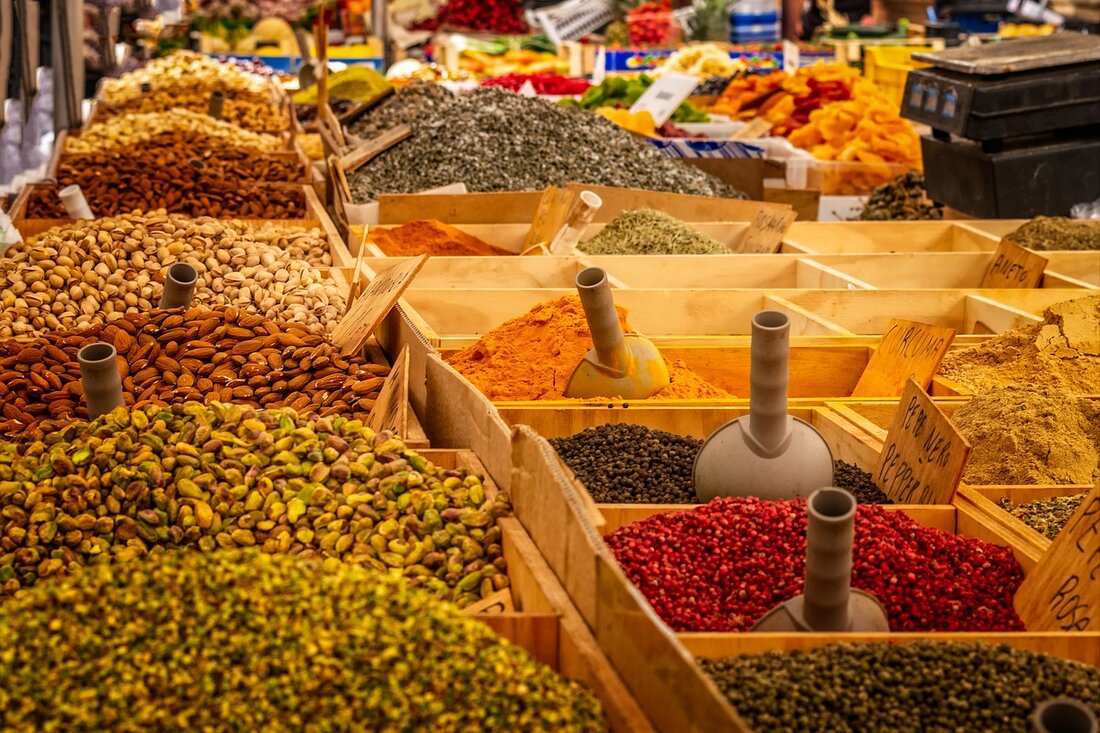
Turmeric: The golden miracle of natural medicine for your health!
For thousands of years, cultures around the world have valued the healing powers of nature, and one plant in particular stands out: turmeric. This bright yellow root, which is best known from Indian cuisine, has gained a permanent place in natural medicine. Their root tubers, often referred to as the “gold of spices”, hold potential that goes far beyond culinary enjoyment. Turmeric was already praised in ancient Ayurvedic writings as a means of promoting health and well-being. Today, the plant is experiencing a renaissance as modern research supports its traditional uses. From supporting the immune system to relieving symptoms – the versatility of turmeric is fascinating. This article examines the root from the perspective of naturopathy and shows why it is an indispensable part of holistic health care.
Introduction to Turmeric

The root of well-being, better known as turmeric, has left its mark deep in human history. Scientifically asCurcuma longaThis plant belongs to the ginger family (Zingiberaceae) and is native to Southeast Asia and the Indian subcontinent. Its distribution extends across tropical regions such as southern Kina, New Guinea and northern Australia, where it thrives in loose, sandy soils and shady places. Turmeric can grow up to one meter high and impresses with lanceolate, green leaves and white or pink flowers. But the real treasure lies underground: the bright orange rhizomes, which are eaten raw, cooked or made into a fine powder. These rhizomes are not only a culinary highlight, but also a central component of natural medicine, as numerous sources include Wikipedia, describe in detail.
Just a look at the origin story of turmeric reveals its cultural significance. The name “Curcuma” is derived from the Sanskrit word “kuṅkuma,” which refers directly to the golden yellow root. In India, where the plant has been cultivated for over 4,000 years, it is much more than a spice. It plays a central role in religious ceremonies, is used as a natural dye for textiles and is considered a symbol of purity and prosperity. Turmeric has been valued for centuries in Ayurvedic medicine, one of the oldest holistic healing systems in the world. Here it is used as an agent to promote digestion, cleanse the body and relieve inflammation. The root is also used in traditional Chinese medicine, for example to support liver function and to harmonize the flow of energy.
However, the cultural relevance of turmeric is not limited to Asia. Through trade routes, the plant reached other tropical regions such as Africa and Central America, where it also became established in local cuisine and medicine. Its versatility is evident in its use as a flavoring agent in curry mixtures, as a coloring agent for mustard or cheese, and even as an inexpensive substitute for saffron. But it is above all the edible rhizomes that make turmeric an indispensable element in natural medicine. These not only contain an impressive amount of nutrients - including 67.14g carbohydrates, 22.7g fiber and 55mg iron per 100g - but also the active ingredient curcumin, which is thought to be responsible for many of the health benefits, studies show Organic Facts explain.
In naturopathy, turmeric is often viewed as a kind of all-rounder. It has already been documented in ancient writings that the root helps with a variety of ailments - from digestive disorders to skin problems and joint pain. Curcumin, the main ingredient, is celebrated for its antioxidant and anti-inflammatory properties. It is said to stimulate the production of bile, which can relieve bloating and other digestive problems. Additionally, there is evidence that curcumin supports brain function by promoting the production of the neurotrophic factor BDNF, which is essential for the growth of new brain cells. To increase the bioavailability of curcumin, it is often combined with black pepper as this improves its absorption in the body.
Although the traditional use of turmeric has a long history, the scientific support for many health claims remains limited. While initial studies show promising results - for example to relieve pain in osteoarthritis or to support chronic inflammation - further studies, especially in humans, are necessary to fully understand the mechanisms of action. Nevertheless, the fascination for turmeric remains unbroken. Their role in naturopathy is not only a legacy of ancient wisdom, but also a reflection of the modern pursuit of natural remedies. The golden root connects cultures and eras and symbolizes the power of nature that has accompanied us for thousands of years.
Active ingredients and health benefits
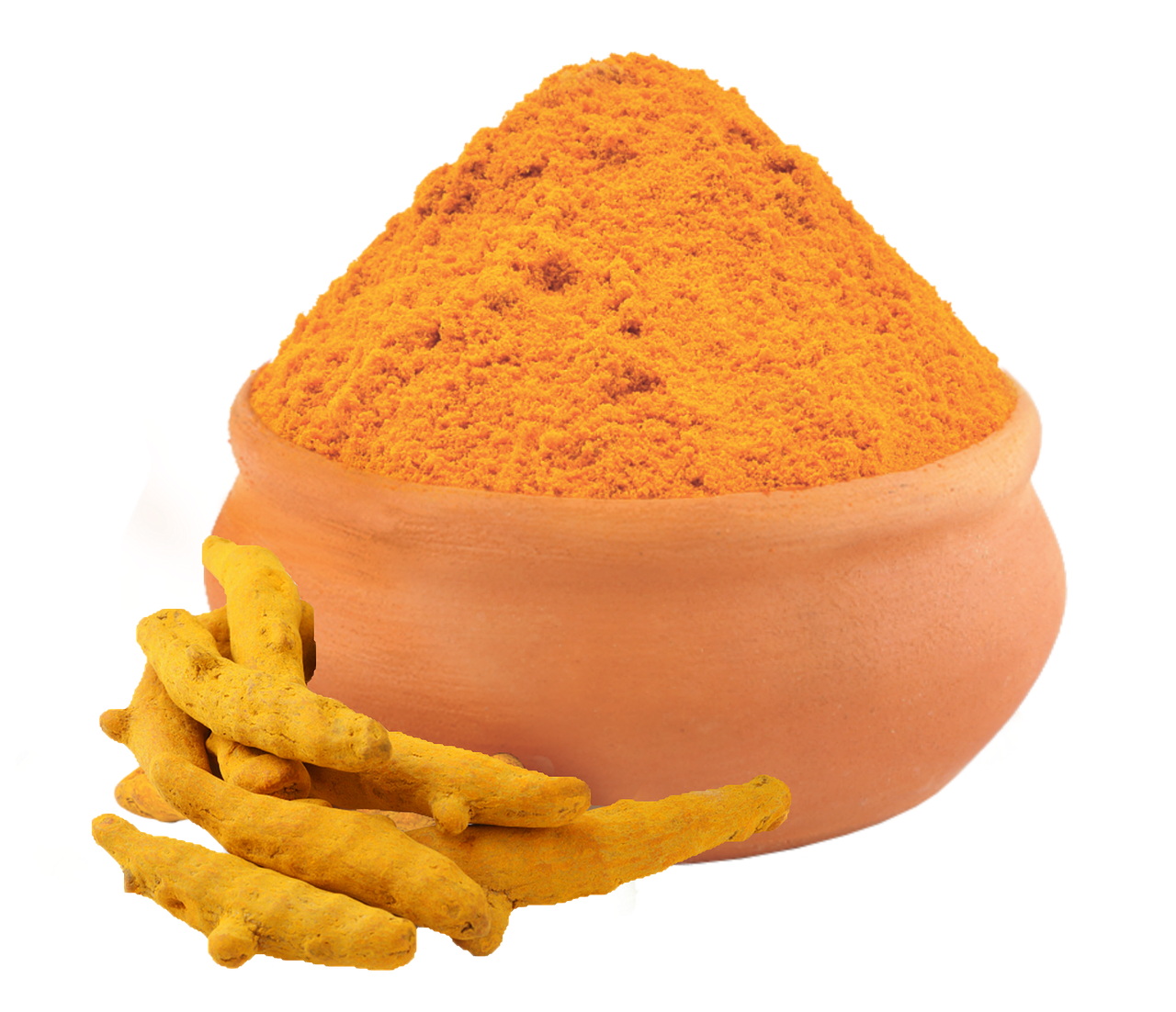
At the heart of turmeric's healing power lies an active ingredient that has fascinated healers and scientists alike for centuries: curcumin. This bright yellow-orange substance, known chemically as (1E,6E)-1,7-bis(4-hydroxy-3-methoxyphenyl)hepta-1,6-diene-3,5-dione, is the main pigment of theCurcuma longa-Plant and responsible for the characteristic color of the spice. Curcumin belongs to the group of polyphenols, more specifically the diarylheptanoids, and shows remarkable chemical versatility - it exists in enolic form in organic solvents and in keto form in water. Despite its low water solubility, curcumin has a strong place in natural medicine as it is considered a potential key to numerous health benefits. A detailed overview of its properties can be found on Wikipedia, where the challenges in researching this substance are also highlighted.
The health effects of curcumin have been documented in traditional medicine for almost 4,000 years, particularly in Ayurvedic and Chinese medicine. Even back then it was used to treat skin diseases, respiratory problems, joint pain and digestive problems. Modern research has substantiated some of these uses, particularly the anti-inflammatory and antioxidant properties of the active ingredient. Curcumin appears to neutralize free radicals and dampen inflammatory processes in the body, making it a promising agent for diseases such as osteoarthritis and rheumatoid arthritis. Studies suggest that it can reduce pain and swelling in these chronic joint diseases, providing a natural alternative to traditional medications for many sufferers.
Additionally, curcumin shows potential benefits in other areas of health. It is being studied to support eye health in inflammatory or degenerative diseases, and there is evidence of beneficial effects in acute kidney injury. The active ingredient could also alleviate symptoms such as sneezing or a stuffy nose in the case of seasonal allergies and hay fever. Another exciting area of research is the role of curcumin in cancer prevention and treatment, although the evidence here is still insufficient. How WebMD emphasizes, many of these effects are promising but have not yet been conclusively confirmed, which is why further clinical studies are necessary to ensure effectiveness and safety.
A central problem when using curcumin is its low bioavailability. The body only absorbs the active ingredient in small quantities and it is broken down quickly. This explains why natural medicine often recommends combinations with other substances, such as black pepper - piperine, a component of pepper, can significantly improve the absorption of curcumin. Nevertheless, dosage remains an unresolved issue. There are no uniform standards, and while consuming turmeric in the diet is considered safe, high-dose supplements can cause side effects such as nausea, diarrhea, headaches, or yellow stools. In rare cases, liver injury from curcumin supplements has even been reported, highlighting the need to consult a healthcare provider before taking such remedies.
The scientific community is ambivalent about curcumin. Despite intensive research - the US government alone invested over $150 million in studies - no clear medical applications have been confirmed. Challenges such as the instability of the molecule and the difficulty of conducting reliable studies contribute to why curcumin is sometimes referred to as a “false lead” in drug research. Nevertheless, the active ingredient remains popular in natural medicine, not least because of its long tradition and the subjectively positive experiences of many users. Some alternative practitioners even go so far as to administer curcumin intravenously, despite there being no scientific evidence of safety or effectiveness.
There is an uncomplicated way to integrate curcumin into your diet in everyday life: turmeric as a spice. Whether in curries, soups, smoothies or as golden milk - the root can be used in many ways and not only adds flavor to dishes, but also a dash of potential health benefits. As researchers continue to wrestle with the uncertainties of curcumin, one thing remains clear: this active ingredient is more than just a coloring or flavoring. It embodies the interface between ancient wisdom and modern science and invites you to use the power of nature wisely.
Areas of application in naturopathy
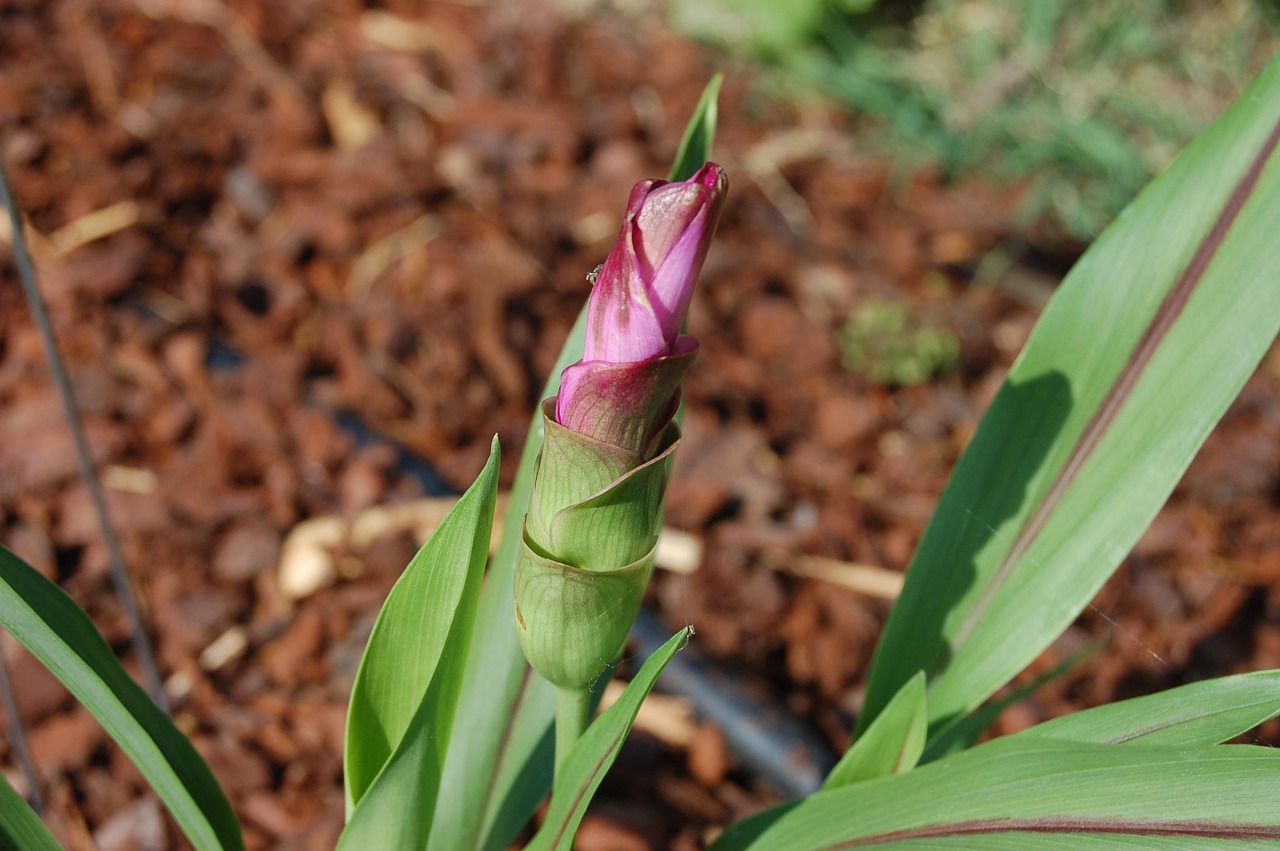
Turmeric, often referred to as the “golden spice”, has established itself as a versatile remedy in natural medicine. The bright yellow root, which comes primarily from India and South Asia, has been used in Ayurvedic medicine for over 4,000 years. Its main active ingredient, curcumin, which makes up up to 3% of the powder, is at the heart of its health effects. Whether as a dried powder, fresh root or in the form of capsules and teas - turmeric is widely used for a variety of ailments. From supporting the digestive system to relieving chronic inflammation, the plant has numerous uses that are anchored in both tradition and modern research, as detailed on Healthy fit described.
One of the most common reasons people turn to turmeric is to aid digestion. In Ayurvedic medicine, the root is considered a proven remedy for gastrointestinal complaints such as a feeling of fullness or constipation. It stimulates the production of gastric juice and can thus help with flatulence and mild indigestion. The European Medicines Agency's Committee on Herbal Medicinal Products (HMPC) recognizes this traditional use and highlights the role of turmeric as a gentle support for the digestive tract. Many users also appreciate the opportunity to integrate turmeric into everyday life, for example through homemade pastes for drinks such as turmeric lattes, which are not only beneficial but also tasty.
Another important area of application is the relief of inflammation and associated pain, particularly in conditions such as arthritis. Curcumin acts as a natural inhibitor of inflammatory enzymes and can thus reduce swelling and discomfort in osteoarthritis or rheumatoid arthritis. Clinical studies, although often with limited numbers of participants, show promising results regarding anti-inflammatory and cartilage protective properties. These effects make turmeric a popular choice for people looking for natural alternatives to traditional painkillers. Provides a well-founded overview of such studies and their limitations AOK, which emphasizes the need for further research.
In addition, turmeric is often used in naturopathy to support general cellular health. Thanks to its antioxidant properties, curcumin protects cells from oxidative stress, which is associated with aging processes and chronic diseases. Some studies suggest that the drug may have growth-inhibiting effects on cancer cells by inducing early cell death. However, these results are usually obtained from cell culture or animal experiments and cannot be directly transferred to humans. Nevertheless, turmeric remains a much-discussed agent in cancer research, even if evidence of a preventive or therapeutic effect is still lacking.
Another exciting area is the potential effect on the brain. In the Ayurvedic tradition, turmeric has long been used to promote mental clarity, and modern research is now investigating whether curcumin could help with neurodegenerative diseases such as Alzheimer's. Animal experiments show that the active ingredient can improve brain performance and prevent pathological changes in the brain. Although these results have not yet been confirmed in humans, many people turn to turmeric as a prophylactic measure to support the health of their nerve cells. The root is also recommended to support liver function and fat digestion, which makes it a companion for diets - but not a miracle cure for weight loss.
In addition to these main applications, there are also unusual uses, such as in dental care. When combined with coconut oil, turmeric is recommended as a natural teeth whitening agent as it can gently remove discoloration. But caution is advised when dosing: high amounts can cause side effects such as flatulence, nausea or gastrointestinal pain. Pregnant women, breastfeeding women and people with gallstones in particular should only use turmeric after consulting a doctor. The recommended dose is around 2 mg of curcumin per kilogram of body weight, although higher amounts have often been tested in studies. Turmeric therefore remains a versatile, but not uncomplicated, remedy that should be used carefully.
Preparation and dosage
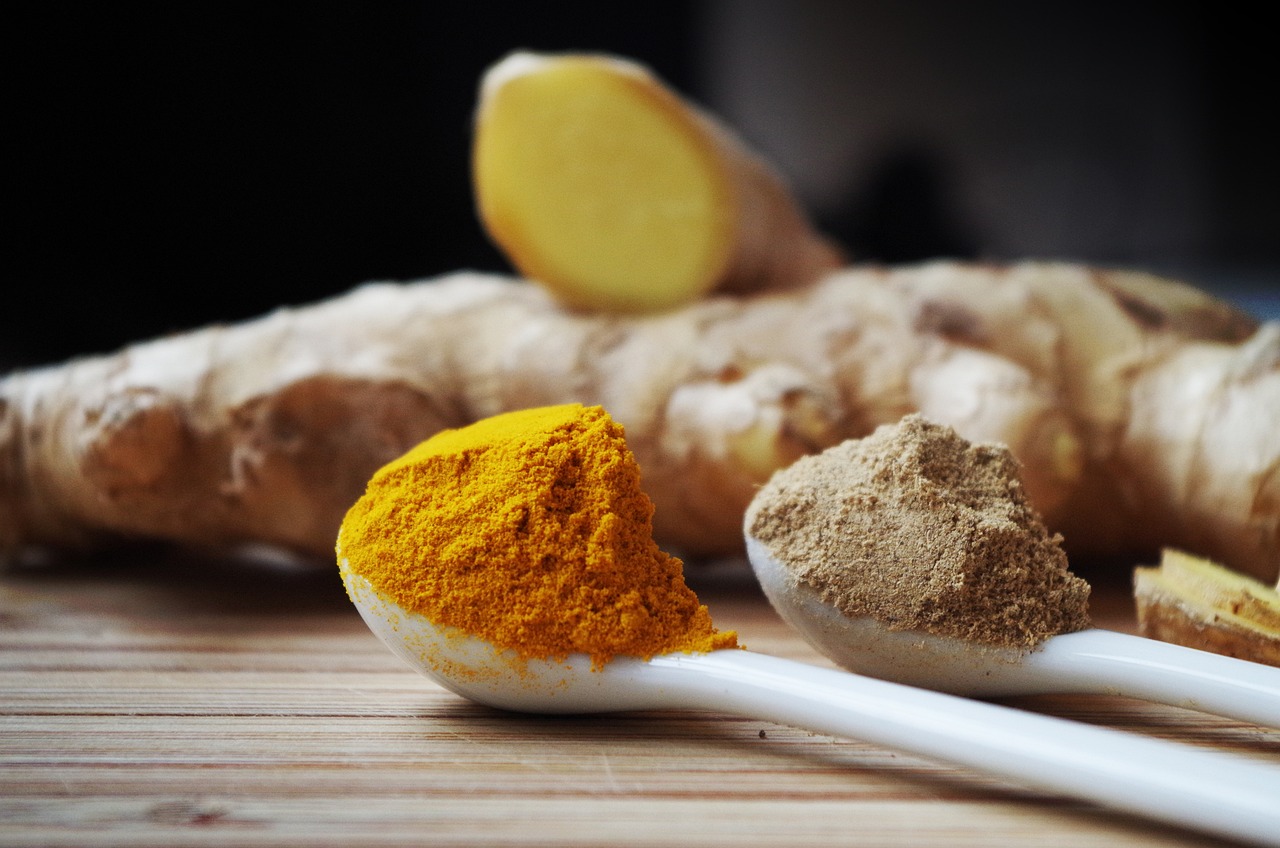
Turmeric, the golden yellow root from South Asia, is not only a popular spice, but also a valued remedy in natural medicine. To get the most out of their health benefits, proper use is crucial – both in daily nutrition and for therapeutic purposes. The main active ingredient curcumin, known for its anti-inflammatory and antioxidant properties, can be better absorbed by the body using simple tricks. This section offers practical tips on how to integrate turmeric into everyday life and explains recommended dosages. Detailed instructions for preparation can be found on Health whispers, which provides valuable tips for maximizing impact.
A key aspect of using turmeric is the bioavailability of curcumin, which is often low without support. To improve absorption, turmeric should always be combined with a pinch of black pepper. The piperine it contains can increase absorption by up to 2,000%. It is equally important to add healthy fats, as curcumin is fat-soluble. Olive oil, coconut oil or a piece of butter in dishes with turmeric ensure that the active ingredient is processed better by the body. Another tip concerns preparation: Do not heat turmeric for too long, as curcumin is broken down at high temperatures or for longer periods of cooking. It is best to add the spice towards the end of the cooking process.
Turmeric can be incorporated into your daily diet in a variety of ways. A classic is the so-called Golden Milk, a warming drink that is particularly popular in the cold season. To prepare it, simply warm 250 ml of plant milk slightly, stir in a teaspoon of turmeric powder, a pinch of black pepper and a teaspoon of coconut oil. You can sweeten it with a little honey to taste. Turmeric also adds a healthy touch to smoothies, soups or stews - for example in a pumpkin soup or a carrot stew. For quick immune support, make a turmeric tea made from hot water, a pinch of pepper and a splash of lemon juice. If you prefer fresh turmeric, you can use it in rice dishes or ginger shots for extra spice and health benefits.
Fresh turmeric often offers more intense flavors and potentially more health benefits compared to powder. It is available in Asian shops, organic shops or at weekly markets and should be firm, undamaged and free of mold. When storing, we recommend a cool, dry place, ideally in the refrigerator in an airtight container or in cling film - this way the tuber will last for up to two weeks. For a longer shelf life, fresh turmeric can be frozen in small pieces and can be used for up to six months. A handy tip: Turmeric easily stains skin, clothing, and surfaces. Gloves when peeling and a protected work surface help to avoid trouble, as well as on For you is recommended.
For therapeutic purposes, the dosage of turmeric is crucial to ensure effectiveness and safety. As a general guideline, 1 to 2 teaspoons of turmeric powder per day is considered safe for most people, which is about 1.5 to 3 grams. This amount can be distributed in food or drinks and supports digestion, the immune system or has a mild anti-inflammatory effect. When used specifically, for example to relieve joint pain, studies often use higher doses - up to 8 grams of powder or 1 gram of pure curcumin daily. However, such amounts should only be taken after consulting a healthcare provider, as high doses can cause side effects such as stomach upset or bloating.
A few final tips round off the practical application. Quality plays a big role – high-quality, organic turmeric powder or fresh tubers from trusted sources are preferable to avoid contamination. When storing powder, care should be taken to store it in a cool, dry place to maintain effectiveness. In addition, turmeric is not suitable for everyone: pregnant women, breastfeeding women or people with gallstones should be careful and seek medical advice. With these tips, turmeric can be sensibly integrated into everyday life not only as a spice, but also as a natural support for health.
Turmeric in research
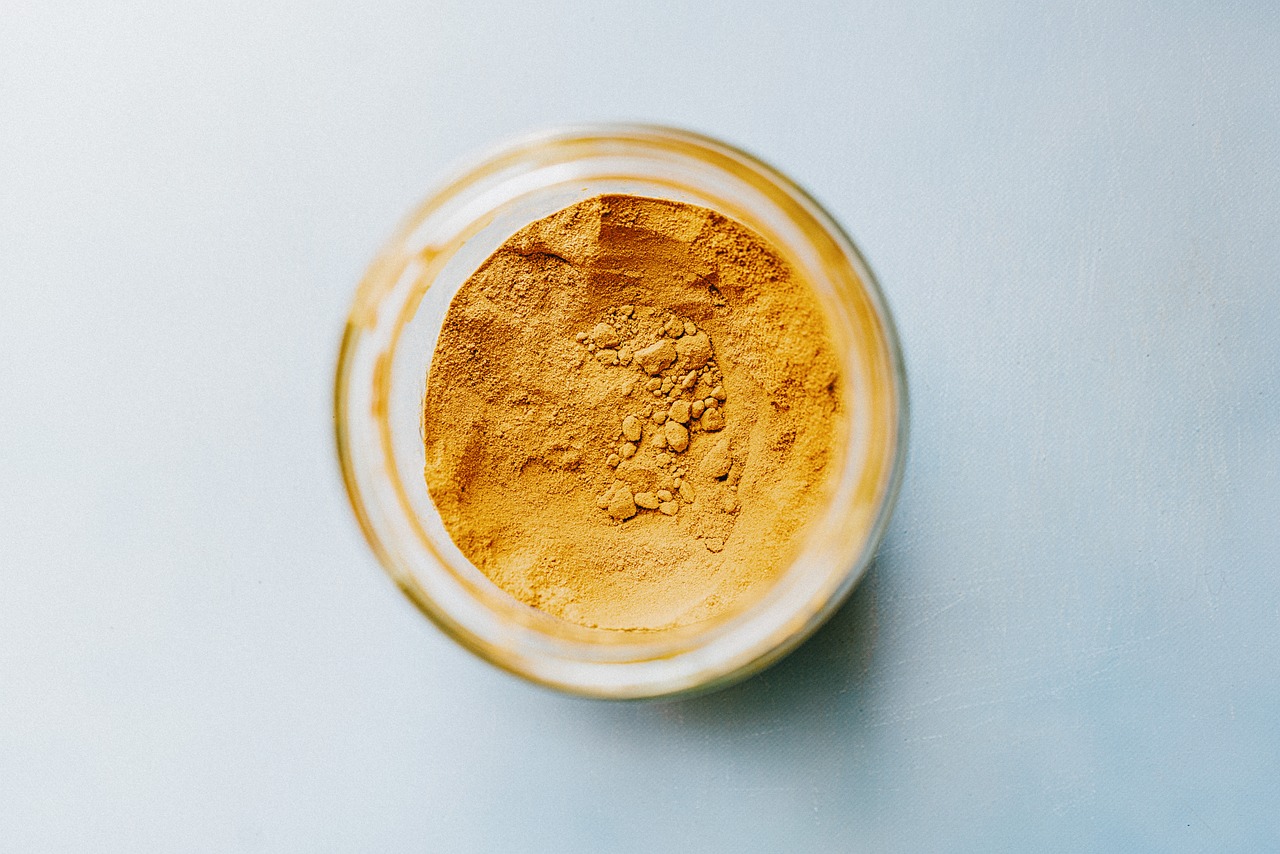
Turmeric, often celebrated as the “golden spice,” has been the focus of scientific research for years, particularly because of its main active ingredient, curcumin. The root has been used in natural medicine for thousands of years to treat a wide range of ailments, but what about the hard facts? Current studies provide promising evidence of the health benefits of turmeric, but also clear limitations of previous findings. This section provides an overview of the most important scientific studies and their results in order to classify the effectiveness in naturopathy. A comprehensive collection of relevant studies can be found at Turmeric effect, which offers a deep insight into the research.
A central topic of research is the bioavailability of curcumin, as only around 1% of the active ingredient absorbed reaches the blood and it is broken down quickly. Studies such as those by Shoba et al. (1998) show that piperine from black pepper can significantly increase absorption. Further work, for example by Flory et al. (2021), investigate how increased solubility improves oral bioavailability, while Kocher et al. (2016) highlight the high effectiveness of micellar curcuminoids. Innovative approaches such as nanoparticle-encapsulated curcumin, described by Bisht et al. (2007), point to new avenues in cancer therapy. These findings are critical because they lay the foundation for how turmeric can be used more effectively for therapeutic purposes.
The anti-inflammatory properties of curcumin are another focus of science. Studies such as those by Plummer et al. (1999) show that curcumin inhibits COX-2 enzymes in colon cells, which reduces inflammation. Jurenka (2009) provides a comprehensive overview of this effect and highlights its potential in chronic inflammatory diseases. In naturopathy, turmeric is often used for rheumatic complaints such as osteoarthritis, and studies such as those by Funk et al. (2006) show that turmeric extracts could prevent the development of rheumatoid arthritis. Clinical observations also confirm noticeable relief from joint pain, even if the data in humans is not yet conclusive.
There are also encouraging results in the area of gastrointestinal health. Turmeric has traditionally been used in Ayurvedic medicine to treat gastrointestinal complaints such as gas or bloating, and scientific evidence supports this use. Hanai et al. (2006) found that curcumin may be helpful as maintenance therapy for ulcerative colitis. These results are consistent with reports from naturopathy, where turmeric is valued as a gentle support for the digestive system. However, the significance of many studies remains limited because they often have small numbers of participants or lack of control groups NDR is emphasized.
Other research areas include cardiovascular diseases, diabetes and neurodegenerative diseases. Wongcharoen and Phrommintikul (2009) describe a protective effect of curcumin in heart disease, while Kuroda et al. (2005) and Weisberg et al. (2008) demonstrated hypoglycemic effects and improvements in inflammation associated with diabetes in mice. In Alzheimer's disease, studies such as those by Lim et al. (2001) found a reduction in oxidative stress and amyloid pathology in animal models. There are also initial indications in the area of mental health: Xu et al. (2005) observed positive effects of curcumin on depressive-like behavior in mice. These results are promising, but their transferability to humans often remains unclear as many studies are based on cell cultures or animal experiments.
Despite the encouraging data, experts urge caution. The scientific evidence for the effectiveness of curcumin in humans is limited, and many studies are not considered strong enough to draw definitive conclusions. In addition, high doses in preparations can cause side effects such as nausea or abdominal pain. In particular, people who are taking anticoagulants, chemotherapy drugs or medications for liver diseases, as well as pregnant women, breastfeeding women and people with gallstones should avoid curcumin extracts. These warnings do not apply to the spice itself, and a moderate intake of 180 to 200 milligrams of curcumin per day in capsules is considered safe. Research is still in its early stages, but turmeric remains a fascinating field that bridges traditional medicine and modern science.
Possible side effects and interactions

Turmeric, the bright yellow root from the ginger family, is valued in natural medicine for its anti-inflammatory and antioxidant properties. The main active ingredient, curcumin, a polyphenol, is at the heart of many health benefits, but despite its popularity, its use is not without risks. Undesirable side effects and interactions can occur, especially when consumed excessively or in combination with certain medications and medicinal plants. This section explains potential dangers and provides information on how turmeric can be used safely. Provides a well-founded overview of the side effects The Healthy Truth, which addresses the risks of excessive consumption.
A commonly observed problem when taking turmeric in high doses is gastrointestinal problems. Amounts over 8 grams of curcumin daily can cause nausea, diarrhea, bloating, heartburn or stomach pain. Allergic reactions, such as skin rashes, are also possible, although rare. These effects occur primarily when taking dietary supplements, rather than when used moderately as a spice in the kitchen. The European Food Safety Authority recommends a maximum daily intake of 2 mg of curcumin per kilogram of body weight to avoid such symptoms. If you want to use turmeric therapeutically, you should keep this limit in mind and consult a doctor or nutritionist if you are unsure.
Another risk concerns the blood-thinning effect of turmeric. Curcumin can affect blood clotting, leading to an increased risk of bleeding if consumed in excess. People who are already taking blood-thinning medications such as warfarin or aspirin are particularly at risk. Combining them with turmeric can increase the effects of these medicines and lead to complications. People should also avoid high doses before planned operations to minimize the risk of secondary bleeding. This interaction highlights the need to use turmeric judiciously, especially when drug therapy is in place.
Curcumin can also influence the activity of liver enzymes that are responsible for breaking down many medications. In particular, the cytochrome P450 system, which metabolizes drugs such as statins, antidepressants or chemotherapy drugs, can be disrupted by curcumin. This could alter the effectiveness or side effects of such medicines, which is potentially dangerous. Caution should also be exercised with diabetes medications, as curcumin can lower blood sugar levels and, when combined with these medications, increases the risk of hypoglycemia. Such interactions make it clear that turmeric should not be safely combined with other therapies without seeking medical advice.
There is a specific risk for people with gallstones. Turmeric has a bile-promoting effect, which can lead to painful biliary colic if stones are present. For this reason, those affected should avoid taking it, especially in the form of concentrated preparations. Pregnant and breastfeeding women are also urged to be careful, as the effects of high doses on mother and child have not been sufficiently researched. However, these restrictions apply primarily to dietary supplements and not to the moderate use of turmeric as a spice, as well in Franconia is highlighted.
Finally, combining turmeric with other medicinal plants is not always safe. Plants with similar effects, such as ginger, which can also affect blood clotting, could potentiate the effects of turmeric and increase the risk of side effects. Preparations with unclear ingredients or dosages, especially from questionable internet sources, should also be avoided as they could contain impurities such as heavy metals. The bioavailability of curcumin is increased by up to 2000% by piperine from black pepper, but here too it is important to use it in moderation so as not to disturb the balance in the body. Turmeric remains a valuable natural remedy, but its safe use requires attention and consultation with professionals to minimize risks and interactions.
Sources
- https://www.organicfacts.net/curcuma.html
- https://en.m.wikipedia.org/wiki/Curcuma
- https://www.webmd.com/diet/health-benefits-curcumin
- https://en.wikipedia.org/wiki/Curcumin
- https://www.gesundfit.de/artikel/kurkuma-2951/
- https://www.aok.de/pk/magazin/ernaehrung/lebensmittel/kurkuma-wie-hilft-es-unserer-gesundheit/
- https://gesundheitgefluester.de/kurkuma-richtig-zubereiten/
- https://www.fuersie.de/kochen-backen/so-verwenden-sie-frischen-kurkuma-richtig-12484.html
- https://www.kurkuma-wirkung.de/studien/
- https://www.ndr.de/ratgeber/gesundheit/Wirkung-von-Kurkuma-So-gesund-ist-das-goldgelbe-Gewuerz,kurkuma106.html
- https://die-gesunde-wahrheit.de/2025/01/22/nebenwirkungen-von-zu-viel-kurkuma/
- https://www.infranken.de/ratgeber/gesundheit/ernaehrung/kurkuma-superfood-ueberdosierung-nebenwirkung-medikamente-risiko-durchfall-uebelkeit-art-5783643

 Suche
Suche
 Mein Konto
Mein Konto